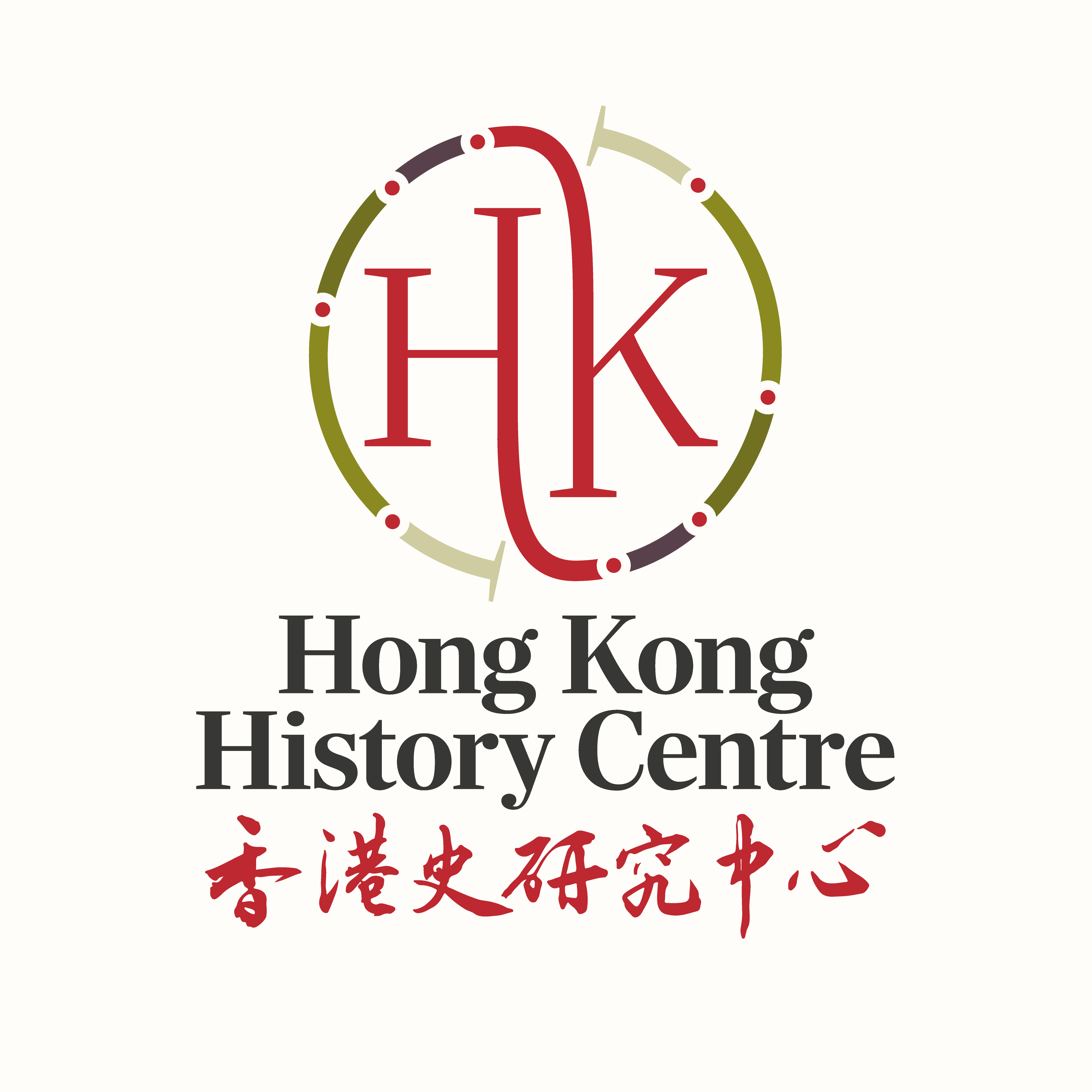
By Vaudine England
Just two serious articles were published on the subject of Eurasians in Hong Kong in the 20th century. A bold claim – and one on which I’d be delighted to be proven wrong!
The first came in …
06/11/15
Continuing their espousal of the Eurasian ‘problem’, two authors writing in 1955, Thompson & Adloff, lament the small size of Eurasian communities and their lack of cohesion which leaves them in a weak bargaining position; despite being stable and smart, …
16/10/15
By Vaudine England
Looking at how other colonies’ histories have tackled the topic of Eurasians gives useful clues to how researchers might tackle Hong Kong’s Eurasians.
An early effort looking at South East Asia was Virginia Thompson and Richard Adloff’s …
02/10/15
By Vaudine England
For a place which has so often been so eulogised for being such a marvellous meeting of East and West, the detail of the most intimate connections between east and west is surprisingly uncovered. Fiction has largely …
11/09/15
By Vaudine England
This week (on 3 September) the Chinese government has decreed a special one-off public holiday (and vast military parade) to mark what it calls China’s victory over Japan 70 years ago. As with all anniversaries, a plethora …
03/09/15
By Vaudine England
With this initiative to breathe new life into the community of historians of Hong Kong, a glance back at some earlier programmes might be useful.
An article in the Journal of the Hong Kong Branch of the …
31/07/15
By Vaudine England
The Hong Kong History Project, born in January 2015, has earmarked PhD funding and support to a young student from Hong Kong, Vivian Kong Wai-yan, who will take up her researches into the pre-war British community of …
20/07/15
By Vaudine England
Just two serious articles were published on the subject of Eurasians in Hong Kong in the 20th century. A bold claim – and one on which I’d be delighted to be proven wrong!
The first came in …
06/11/15Continuing their espousal of the Eurasian ‘problem’, two authors writing in 1955, Thompson & Adloff, lament the small size of Eurasian communities and their lack of cohesion which leaves them in a weak bargaining position; despite being stable and smart, …
16/10/15By Vaudine England
Looking at how other colonies’ histories have tackled the topic of Eurasians gives useful clues to how researchers might tackle Hong Kong’s Eurasians.
An early effort looking at South East Asia was Virginia Thompson and Richard Adloff’s …
02/10/15By Vaudine England
For a place which has so often been so eulogised for being such a marvellous meeting of East and West, the detail of the most intimate connections between east and west is surprisingly uncovered. Fiction has largely …
11/09/15By Vaudine England
This week (on 3 September) the Chinese government has decreed a special one-off public holiday (and vast military parade) to mark what it calls China’s victory over Japan 70 years ago. As with all anniversaries, a plethora …
03/09/15By Vaudine England
With this initiative to breathe new life into the community of historians of Hong Kong, a glance back at some earlier programmes might be useful.
An article in the Journal of the Hong Kong Branch of the …
31/07/15By Vaudine England
The Hong Kong History Project, born in January 2015, has earmarked PhD funding and support to a young student from Hong Kong, Vivian Kong Wai-yan, who will take up her researches into the pre-war British community of …
20/07/15